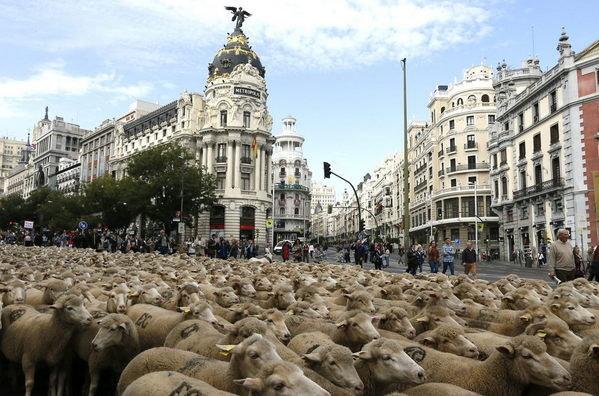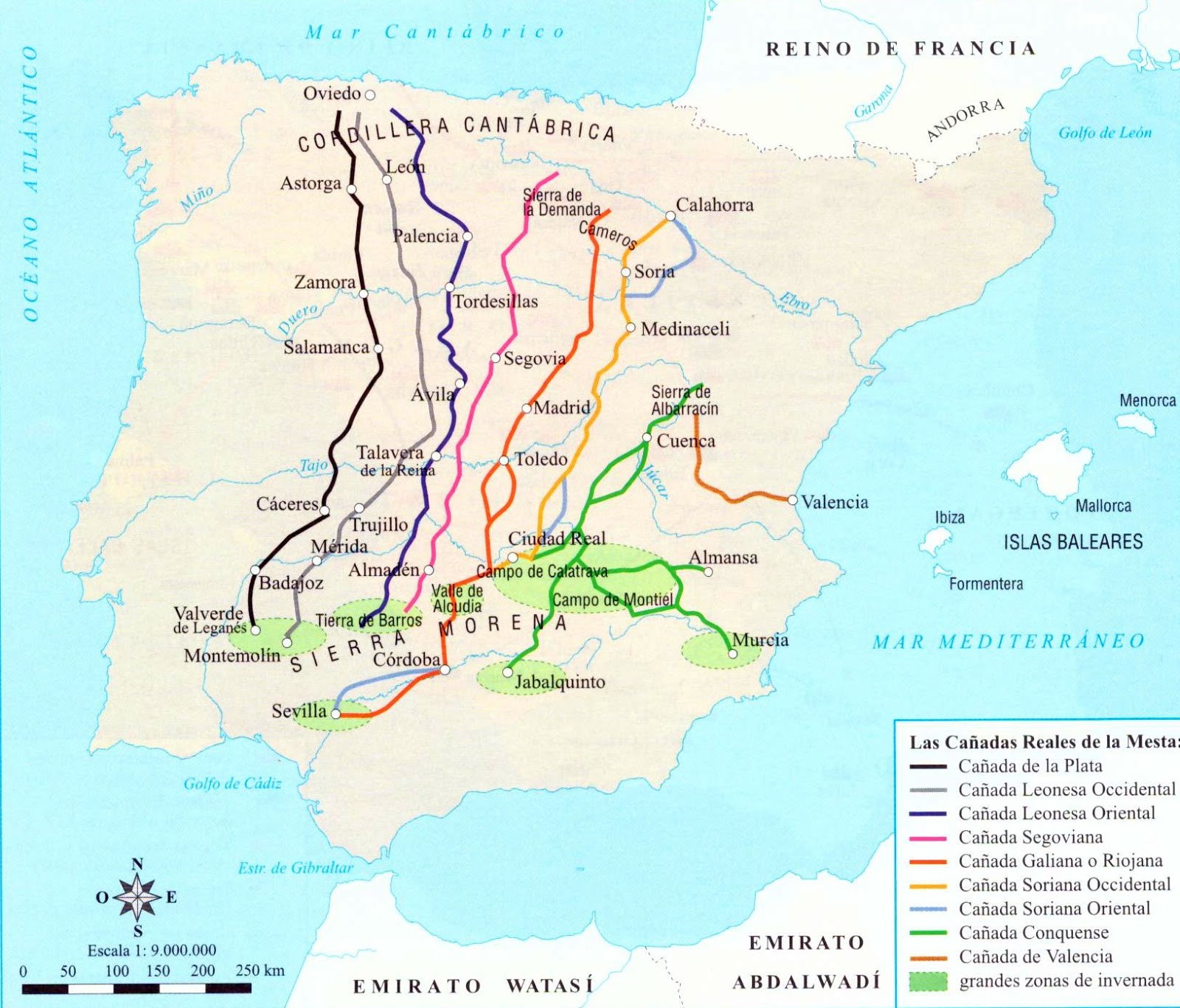You are using an out of date browser. It may not display this or other websites correctly.
You should upgrade or use an alternative browser.
You should upgrade or use an alternative browser.
[RD] Daily Graphs and Charts
- Thread starter Winner
- Start date
- Status
- Not open for further replies.
Thorgalaeg
Deity
What does "Dr" mean?
What does "Dr" mean?
"Drive". I live on a "Drive". They're common enough around here, but less so than "Road" or "Street".
Broken_Erika
Play with me.
What do they support exactly? Forcing conversion therapy on others, is very nazish and should be banned obviously. But if an adult wants to undergo such torture voluntarily it should be up to him. I don't see reason to ban that unless it causes serious physical or psychical damage. (Leaving aside i heavily doubt about the effectiveness of the "treatment")
Most commonly, forcing conversion therapy on teenagers. Trying to prevent them from growing up as active homosexuals. But they'd do it to adults to, if they legally could.
Paul in Saudi
Emperor
In Bucks County Pennsylvania, a major artery is "Street Road."
SS-18 ICBM
Oscillator
Does the US have its share of "Avenue Roads"?
Does the US have its share of "Avenue Roads"?
Probably someplace. But I've never seen one.
Thorgalaeg
Deity
Street = Calle
Avenue = Avenida
Boulevard = Bulevar
Road = Caretera
Lane = Carril
Drive = ??? Maybe Paseo
Here all names are used indistinctly of the place. It has more to do with size (width) or importance. It is something like: Avenida > Bulevar > Carretera > Paseo > Calle > Carril
Avenue = Avenida
Boulevard = Bulevar
Road = Caretera
Lane = Carril
Drive = ??? Maybe Paseo
Here all names are used indistinctly of the place. It has more to do with size (width) or importance. It is something like: Avenida > Bulevar > Carretera > Paseo > Calle > Carril
In Dutch:
Weg = (road ?) from bewegen (to move) like way. The "weg" (the way to go) from one village to another. The most basic original word I think in Dutch for a logistic connection..
Straat = (street) road paved with stones or bricks, most frequent. As wild guess >80%.
Straatweg = (street) older road over time paved with stones or bricks. Main old connections between villages/cities are a straatweg.
Pad = (path) small, natural made road
Baan = (?) broad, human made, after tearing down something
Boulevard = (boulevard) broad, important, mostly along beaches
Dreef = (drive) broad, original were sheep, cows were frequently moved
Laan = (lane), broad originally connecting estate to the main road, often flanked with row of trees (like beech).
Plein = (square)
Plaats = (square) often small
Hof = (court) originally small square with usually one or two entrances through gate.
And then ofc related to water:
Dijk = (dike) road on a dike. I had to dig that up: we have around 17,000 kilometer dikes in the Netherlands.
Steeg = (alley ?) small path originally from the water up the dike, mostly over time fully housed left and right, or small path going uphill in cities (happens less in NL).
Gracht = (city canal) road along waterway mostly connected to port, with houses also used for storage of goods.
Singel = road encircling a city, on the outside of the defense canal directly around the city walls.
Kade = (quay) roads on a port quay, or just the strenghtened waterfront wall
Weg = (road ?) from bewegen (to move) like way. The "weg" (the way to go) from one village to another. The most basic original word I think in Dutch for a logistic connection..
Straat = (street) road paved with stones or bricks, most frequent. As wild guess >80%.
Straatweg = (street) older road over time paved with stones or bricks. Main old connections between villages/cities are a straatweg.
Pad = (path) small, natural made road
Baan = (?) broad, human made, after tearing down something
Boulevard = (boulevard) broad, important, mostly along beaches
Dreef = (drive) broad, original were sheep, cows were frequently moved
Laan = (lane), broad originally connecting estate to the main road, often flanked with row of trees (like beech).
Plein = (square)
Plaats = (square) often small
Hof = (court) originally small square with usually one or two entrances through gate.
And then ofc related to water:
Dijk = (dike) road on a dike. I had to dig that up: we have around 17,000 kilometer dikes in the Netherlands.
Steeg = (alley ?) small path originally from the water up the dike, mostly over time fully housed left and right, or small path going uphill in cities (happens less in NL).
Gracht = (city canal) road along waterway mostly connected to port, with houses also used for storage of goods.
Singel = road encircling a city, on the outside of the defense canal directly around the city walls.
Kade = (quay) roads on a port quay, or just the strenghtened waterfront wall
Last edited:
Thorgalaeg
Deity
So, may be Avenida, or Pista in Latin America.Drive is generally a smaller but arterial road around here. Not really a Paseo.
What about Court? Maybe Cañada?.
The word cañada has an interesting history behind. There are a number of Cañadas Reales (Royal Courts ???) crossing Spain (mostly Castilla) north-south. The thing dates back to medieval times when King Alfonso X gave the right to pass to a powerful syndicate of transhumant cattle breeders known as "La Mesta". The Cañadas Reales even if invisible, exist still today, one passes trough the center of Madrid (Madrid was a tiny town in medieval ages) and is used once a year:


Last edited:
Street = Calle
Avenue = Avenida
Boulevard = Bulevar
Road = Caretera
Lane = Carril
Drive = ??? Maybe Paseo
Here all names are used indistinctly of the place. It has more to do with size (width) or importance. It is something like: Avenida > Bulevar > Carretera > Paseo > Calle > Carril
In a nearby town there is a Bismark Avenue and a Victoria Avenue, and combined length of of the 2 is under .5km. And the width is barely wide enough for 2 cars to pass each other.
 So we don't do rankings like that.
So we don't do rankings like that.sophie
Break My Heart
In Dutch:
Weg = (road ?) from bewegen (to move) like way. The "weg" (the way to go) from one village to another. The most basic original word I think in Dutch for a logistic connection..
Not actually the correct etymology.
weg comes from the PGmc noun *wegaz, ultimately from PIE root *weǵʰ-, which is a verb meaning "to bring/transport." Via *wegaz we have a number of Germanic descendants such as Dutch: weg, German Weg, English way, Plattdütsch Weg, Yiddish veg, Norwegian veg, Danish vej, etc.
via the PIE thematic present root *wéǵʰ-e-ti we get the PGmc verb *weganą (to move/carry/weigh), which gives us German: wiegen, bewegen, Dutch: wegen, bewegen, afwegen, etc., English: to weigh, Danish: weje, etc. The same thematic root gives us the Latin verb vehō ("I transport")
It's also a cognate with other Latin and Latin-derived terms: vehicle (thing which transports), vector (transporter), and possibly via (place of transportation).
TL;DR: weg and bewegen are etymologically related, but weg doesn't derive directly from bewegen.
Last edited:
Lexicus
Deity
I have accumulated great experience of American roads and streets through canvassing for many weeks, and I'll tell you that generally speaking the places where "courts" predominate are suburban hellscapes, with planned private developments and all that stuff. "Courts" are typically short dead-end streets or U-shaped. This is the byproduct of the private development thing, they aren't streets that develop organically so that people can go places, they're built so that the only place you can go on them is the houses in the development. Tremendously inefficient and energy-intensive.
- Status
- Not open for further replies.



